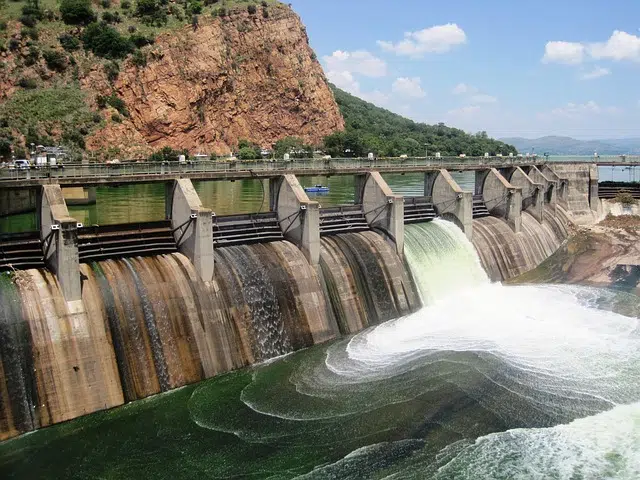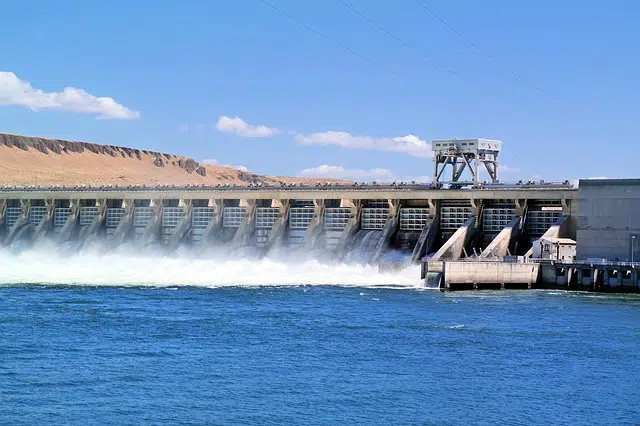
Hydraulics is associated with the use of water.
The etymological journey of hydraulics begins in the Greek language with the word hydraulís , which led to hydraulikós . This term, in turn, came into Latin as hydraulĭcus .
Hydraulics is a branch of physics that is dedicated to the analysis of the movement and balance of fluids . A fluid, in turn, is a liquid or a gas : a substance whose molecules are held together by a force of cohesion or weak attraction. This causes the fluids to take the shape of the container in which they are located.
Hydraulics as water use
As a noun, the idea of hydraulics can also be used to refer to the techniques, methodologies and resources that allow water to be contained, guided and used. In this sense, the concept is linked to the use of water to produce energy, the development of aqueducts, etc.
Hydraulics and hydraulics are also adjectives that describe the energy that is produced by the movement of water and that which can move thanks to water or another fluid.
Historical tour
The history of hydraulics is truly vast. Let us not forget that the first civilizations were established along various rivers, a strategy that allowed them to have a constant supply of water for their consumption and, over time, for their agricultural activities and personal hygiene. It took many centuries for humans to learn to use water in more sophisticated ways.
In ancient civilizations, the wisdom related to water and its various uses was highly prized and kept secret . In ancient Egypt, for example, this knowledge was transmitted from one generation to the next and included data about floods that helped them predict them and make decisions before it was too late.
One of the most important figures in this area was Archimedes , a Greek mathematician, engineer, astronomer, physicist and inventor. He is considered the founder of hydrostatics (the part of hydraulics that is dedicated to the study of phenomena related to fluids contained in some type of container) and differential calculus (in mathematical analysis, it is the branch that studies the change of the functions that emerge from the one that its variables pass through).

Dams are hydraulic works.
Hydropower
Hydraulic energy is produced from the potential energy and kinetic energy of tides, currents or waterfalls. It is usually considered a renewable energy, although its environmental impact is high when it requires the construction of large dams or the modification of the flow of a river, for example.
Thanks to hydraulic energy, it is possible to generate electricity . With this objective, hydroelectric plants are built, which are facilities where water passes through a hydraulic turbine to transmit energy to an electric generator.
water mill
The machine that is used to take advantage of the driving force of natural water courses is known as a hydraulic , dipper or water mill, among other names.
It is an ancient invention, whose fundamental model consists of a large turbine that is involved in a mechanical process of force and translation and throughout history it has had various applications, from irrigation to the production of electricity.
Various hydraulic works
Specifically in the field of hydraulics, Archimedes invented the endless spiral, which is still used today for lifting liquids. Much later, in the 1880s, the first hydroelectric power station was built in Great Britain, within the framework of the so-called "renaissance" of hydraulic energy that marked the emergence of the electric generator. Later, the experience and technological advances of the time led to the creation of the hydraulic turbine .
A hydraulic work , finally, is an engineering construction that has water as its protagonist. Dams, canals and locks, to name a few, are hydraulic works.
